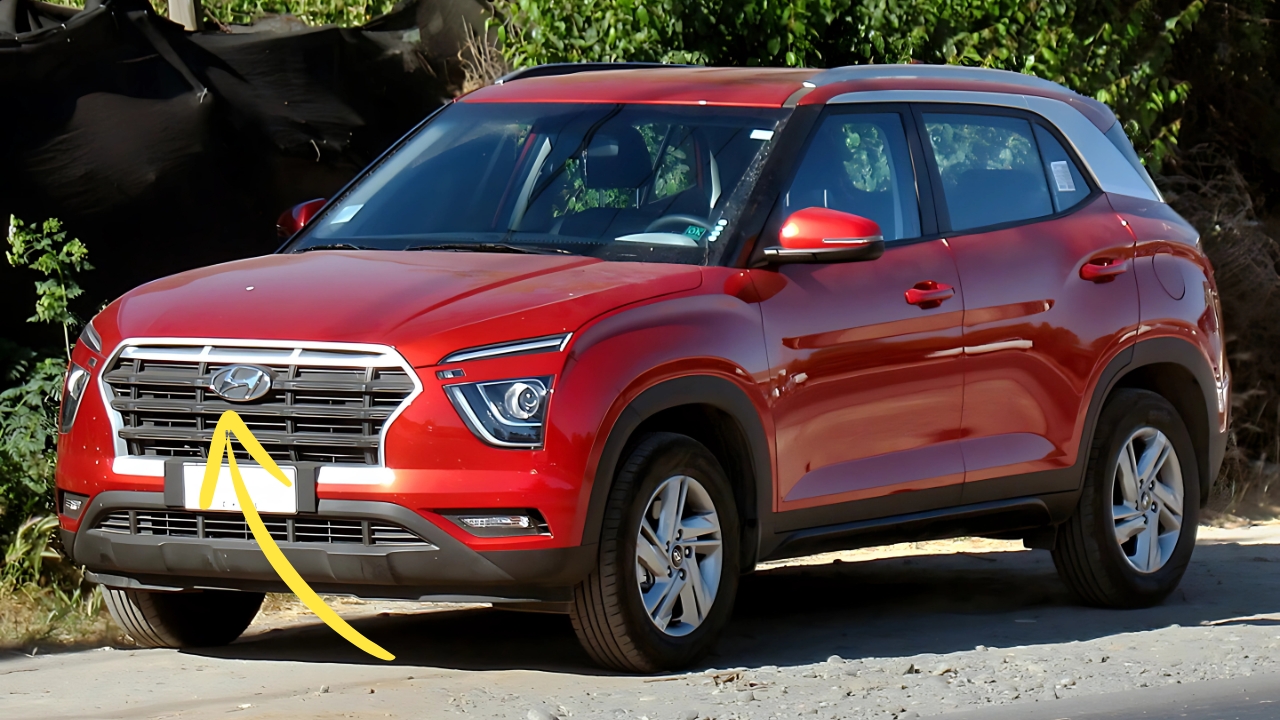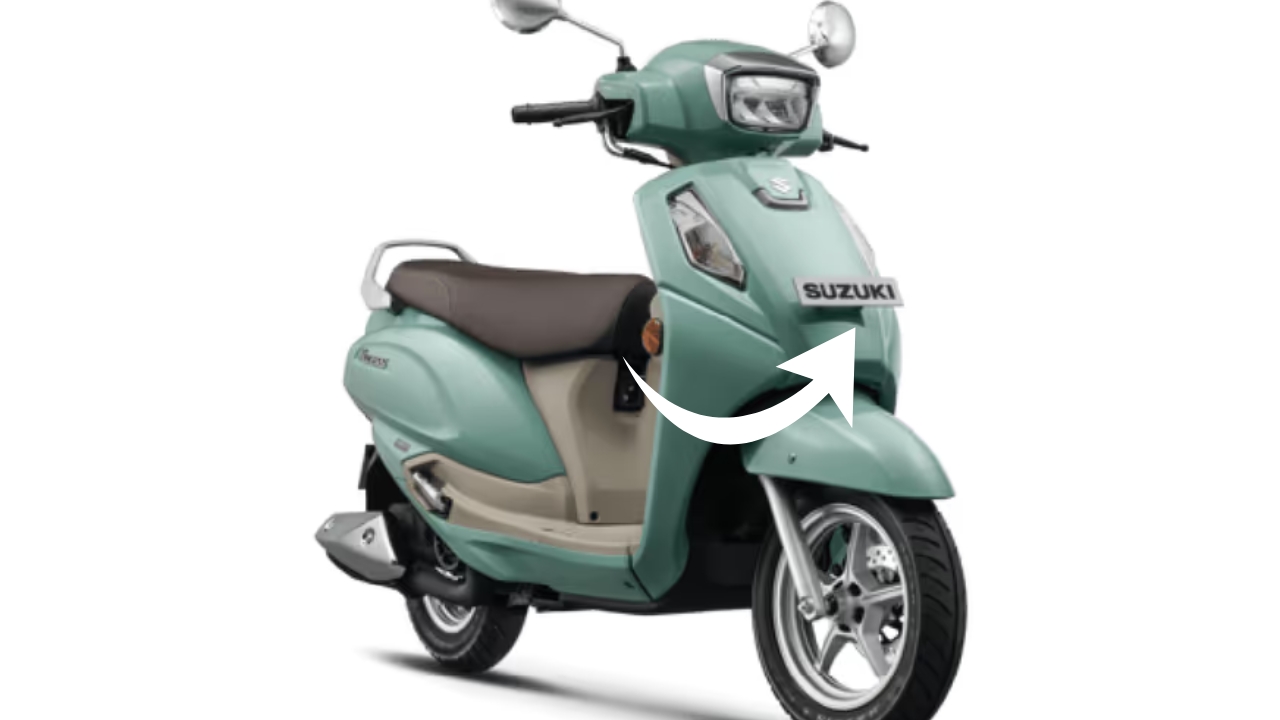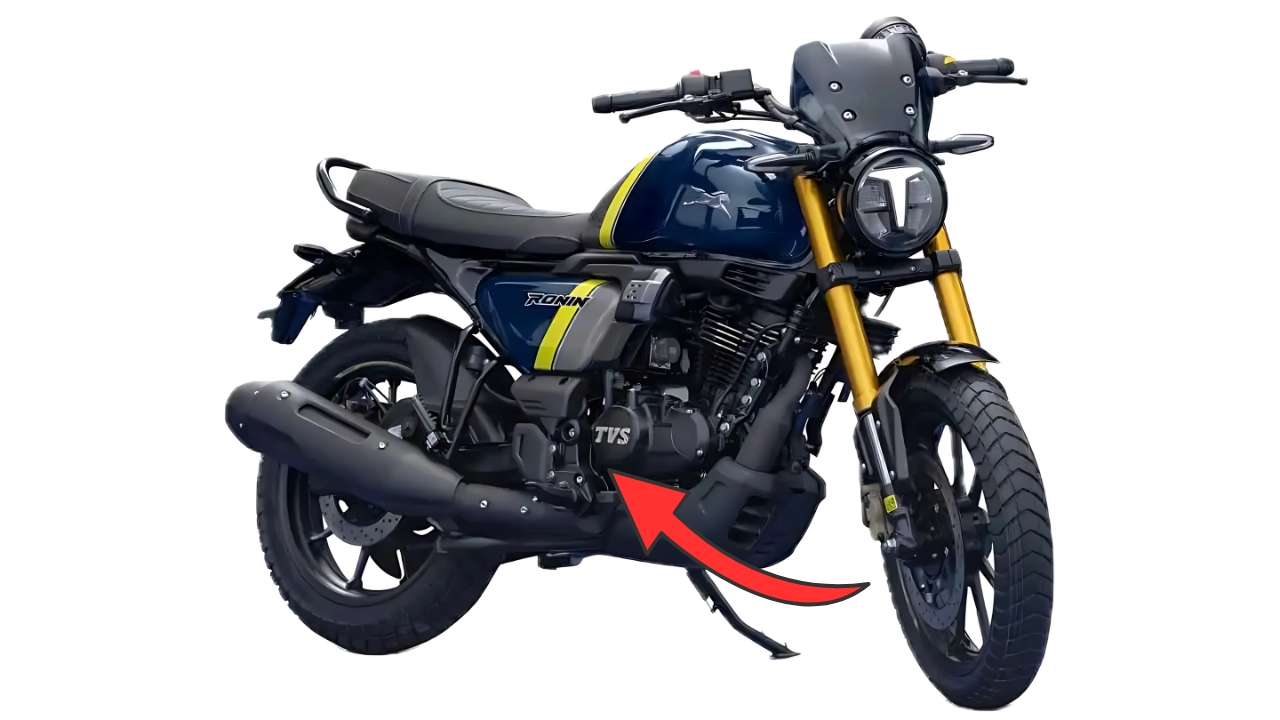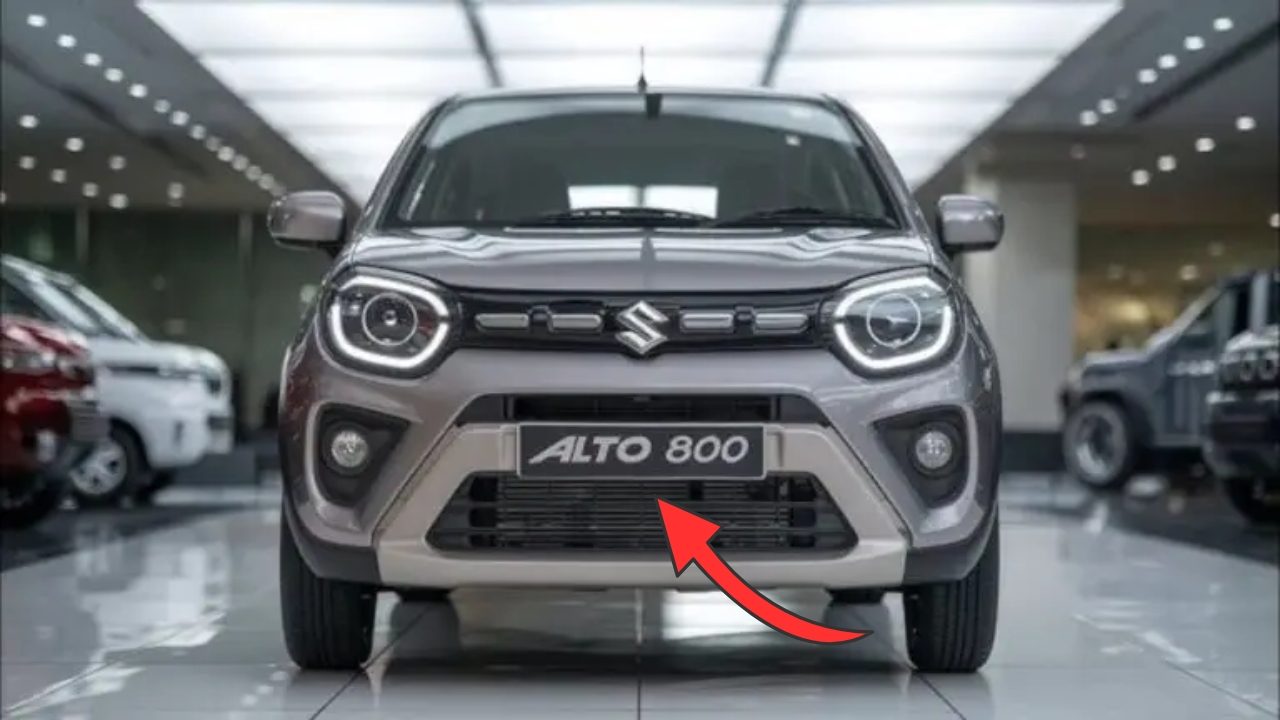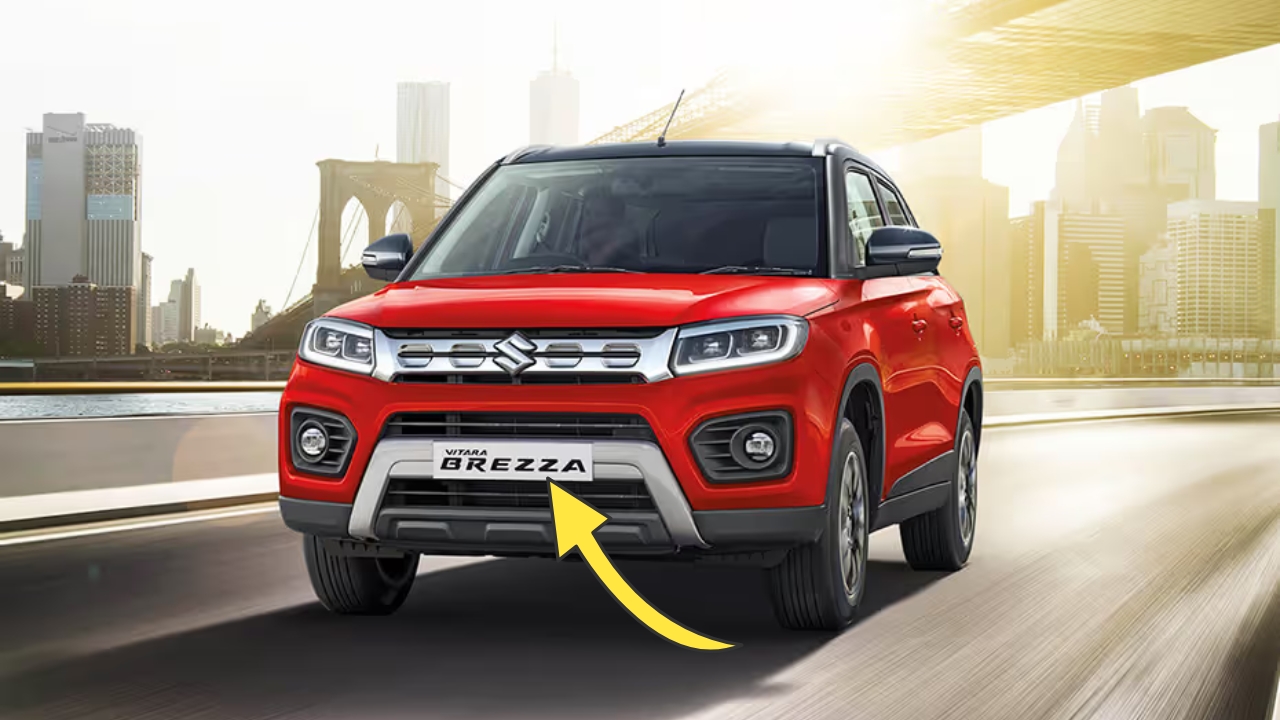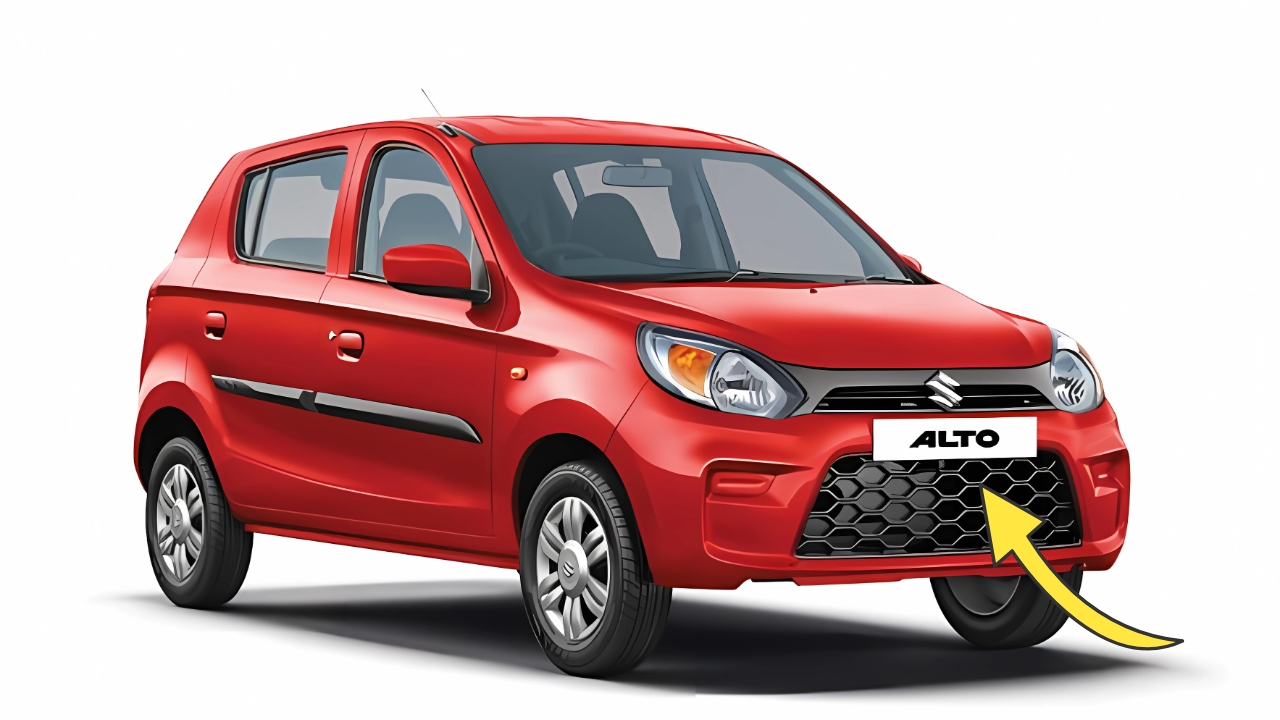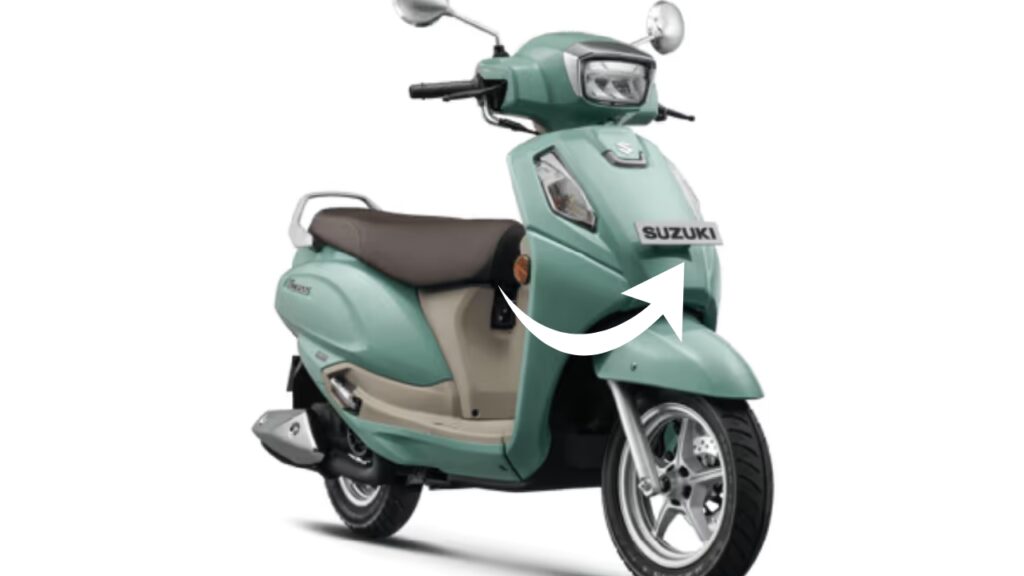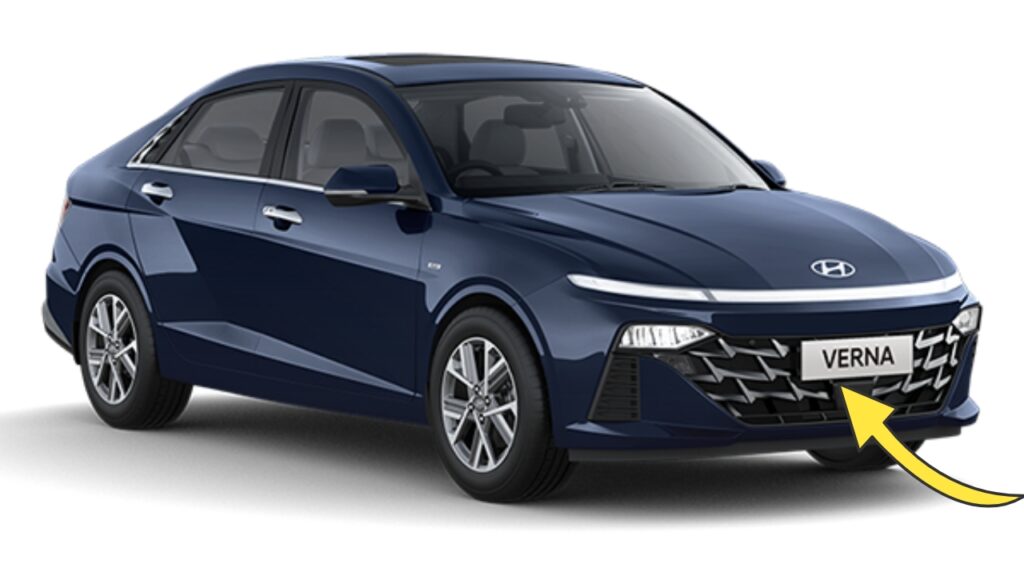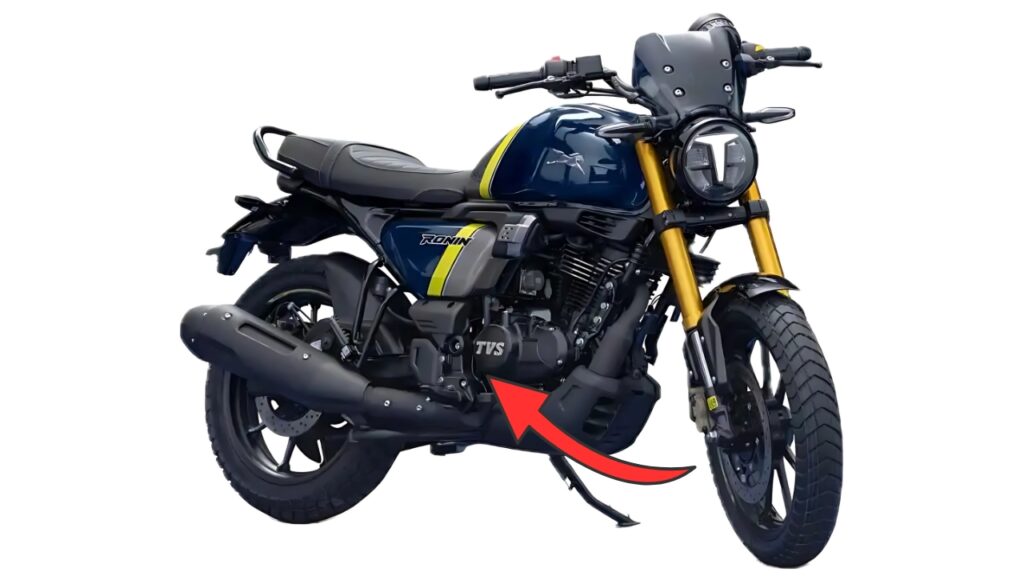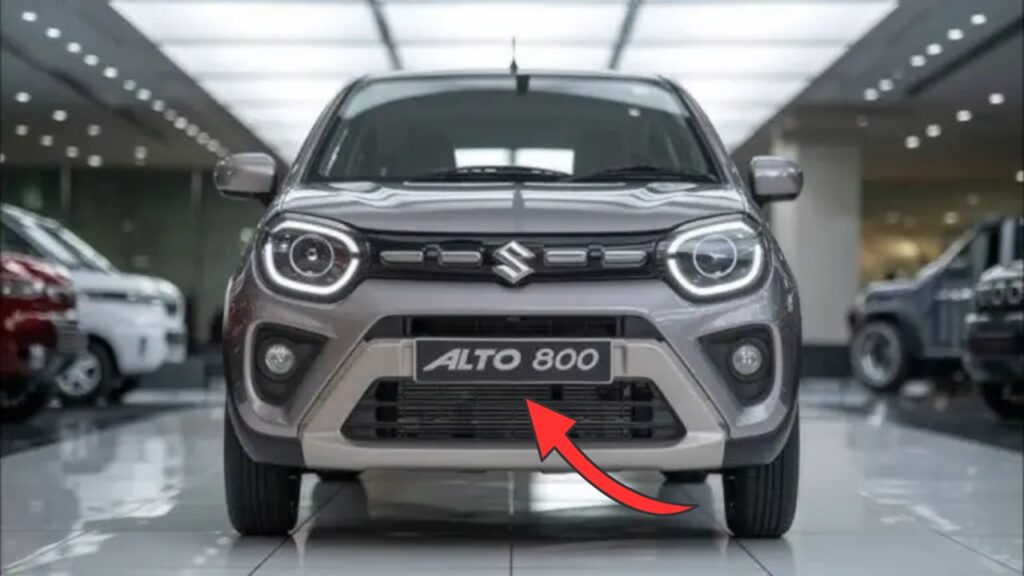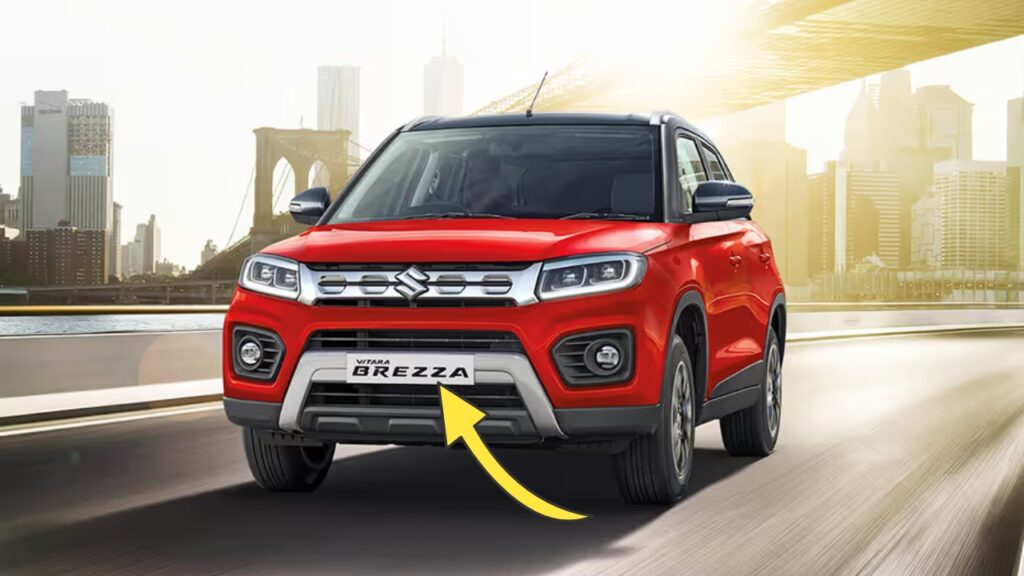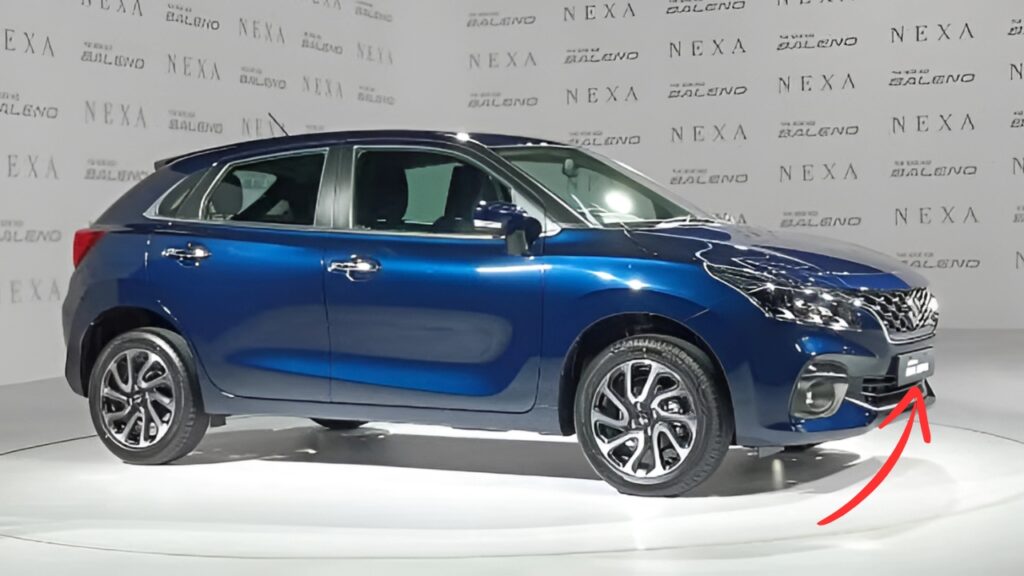Hyundai Creta: The compact SUV segment has emerged as perhaps the most fiercely contested battleground in automotive markets across developing economies, with manufacturers vying to deliver the optimal balance of practicality, features, and value.
Among these contenders, the Hyundai Creta has established itself as a benchmark that competitors continually measure themselves against—a vehicle that masterfully blends aspirational design with accessible pricing to create a compelling ownership proposition.
This comprehensive examination explores how the Creta has evolved through its generations to maintain relevance in an increasingly sophisticated market, analyzing its design philosophy, mechanical underpinnings, feature integration, and overall value proposition in today’s competitive landscape.
Hyundai Creta: Design Evolution: From Practical to Premium
The current generation Creta makes an immediate visual impression with its bold, distinctive styling that prioritizes presence over conventional prettiness.
The front fascia features Hyundai’s parametric grille design flanked by split headlamp units that create a three-tier lighting arrangement—a design language that has become something of a signature for the brand’s SUV lineup.
This distinctive face divides opinion but ensures immediate recognition, an increasingly valuable attribute in crowded market segments.
In profile, the Creta presents a substantial stance with pronounced wheel arches housing 17-inch alloy wheels on higher trims.
The floating roof effect, achieved through blacked-out pillars, adds visual sophistication while reducing the perceived height.
The rear continues the distinctive approach with horizontally split tail lamps connected by a light bar, creating width impression while maintaining brand coherence with other Hyundai SUVs.
Available in monotone and dual-tone options across seven colors, including the signature Galaxy Blue and Titan Grey Matte, the Creta offers sufficient personalization without overwhelming buyers with excessive choices.
The recently introduced Knight Edition adds blacked-out elements including the grille, wheels, and roof for those seeking a more aggressive aesthetic.
The overall design represents a conscious shift toward making a bold statement rather than pursuing universal appeal—a strategy that recognizes the increasingly important role of distinctive styling in purchase decisions within crowded segments.
This approach has proven successful, with the Creta’s recognizable silhouette becoming a common sight across urban and suburban landscapes.
Interior Environment: Feature-Rich Comfort
Step inside the Creta, and the premium aspirations become immediately apparent through a cabin design that emphasizes horizontal lines and thoughtful material selection.
The dashboard layout employs a clean, symmetric approach with the 10.25-inch touchscreen infotainment display positioned high for optimal visibility without obstructing the driver’s view.
Physical controls for climate functions demonstrate Hyundai’s understanding that not all features benefit from digital integration—an insight that prioritizes practical usability over technological showmanship.
Seating comfort receives particular attention with leatherette upholstery on higher trims, offering good support during long journeys while maintaining reasonable breathability in hot conditions.
The driver’s seat features 8-way power adjustment on premium variants, while the rear bench includes a recline function that enhances passenger comfort during extended travel.
The panoramic sunroof floods the cabin with natural light, enhancing the perception of spaciousness within a relatively compact footprint.
Practical considerations haven’t been overlooked, with thoughtfully positioned storage solutions including a cooled glovebox, center console bin, door pockets that accommodate 1-liter bottles, and rear seat back pockets for additional capacity.
The 433-liter boot provides sufficient capacity for family luggage, while the 60:40 split folding rear seats allow configuration flexibility when transporting larger items.
Material quality represents a significant step forward with each generation, with soft-touch surfaces in key contact areas and convincing metallic accents that elevate perceived quality.
While some hard plastics remain in lower touch areas—an acceptable compromise at this price point—the overall impression is one of thoughtful design and execution that exceeds typical expectations for the segment.
Mechanical Architecture: Options for Every Need
The Creta offers a comprehensive powertrain lineup that caters to diverse buyer preferences and usage patterns:
-
A 1.5-liter naturally aspirated petrol engine producing 115 PS and 144 Nm of torque, available with either a 6-speed manual or intelligent variable transmission (IVT).
-
A 1.5-liter turbocharged diesel engine delivering 116 PS and 250 Nm of torque, paired with either a 6-speed manual or 6-speed automatic transmission.
-
A 1.5-liter turbocharged petrol engine generating 160 PS and 253 Nm of torque, exclusively offered with a 7-speed dual-clutch transmission.
This diverse lineup allows buyers to prioritize efficiency, economy, or performance according to individual requirements, while ensuring that every Creta variant delivers reasonable capability regardless of configuration.
The suspension arrangement employs MacPherson struts at the front paired with a coupled torsion beam axle at the rear—a configuration that balances ride comfort, handling stability, and cost considerations appropriately for the segment.
Particular attention has been paid to damper tuning for varied road conditions, resulting in a setup that absorbs harsh impacts effectively while maintaining reasonable body control during directional changes.
Three drive modes (Eco, Comfort, and Sport) adjust throttle response and steering weight according to driver preference, while three traction modes (Snow, Mud, and Sand) optimize electronic systems for different low-grip scenarios despite the front-wheel-drive architecture.
While not offering the mechanical capability of all-wheel-drive systems, these electronic aids provide meaningful assistance in the moderate off-road conditions most owners might occasionally encounter.
Technical Specifications Table
| Feature | Specification |
|---|---|
| Engine Options | 1.5L naturally aspirated petrol (115 PS/144 Nm) <br> 1.5L turbocharged diesel (116 PS/250 Nm) <br> 1.5L turbocharged petrol (160 PS/253 Nm) |
| Transmission Options | 6-speed manual <br> Intelligent Variable Transmission <br> 6-speed automatic <br> 7-speed dual-clutch automatic |
| Drive Layout | Front-wheel drive |
| Drive/Traction Modes | Eco, Comfort, Sport driving modes <br> Snow, Mud, Sand traction modes |
| Length | 4300mm |
| Width | 1790mm |
| Height | 1635mm (with roof rails) |
| Wheelbase | 2610mm |
| Ground Clearance | 190mm |
| Boot Space | 433 liters |
| Fuel Tank Capacity | 50 liters |
| Kerb Weight | 1315-1450kg (variant dependent) |
| Seating Capacity | 5 |
| Front Suspension | MacPherson strut with coil spring |
| Rear Suspension | Coupled torsion beam axle with coil spring |
| Braking System | Front disc, Rear drum with ABS and EBD |
| Steering | Electric power-assisted rack and pinion |
| Turning Radius | 5.2 meters |
| Wheels | 16-inch or 17-inch alloys (variant dependent) |
| Tires | 205/65 R16 or 215/60 R17 |
| Key Safety Features | 6 airbags, ESC, VSM, hill-start assist, all-wheel disc brakes (higher variants) |
| ADAS Features | Forward collision warning, blind spot detection, lane keep assist, rear cross-traffic alert |
| Infotainment | 10.25-inch touchscreen with Android Auto and Apple CarPlay |
| Premium Features | Panoramic sunroof, ventilated front seats, 8-way power driver seat, Bose premium sound system |
| Fuel Efficiency (ARAI) | 16.8-21.0 km/l (depending on powertrain) |
Driving Experience: Comfort-Focused Competence
Behind the wheel, the Creta delivers a driving experience that prioritizes comfort and ease of use over sporting pretensions—an appropriate choice given its primary urban and family transportation role.
The elevated seating position provides excellent visibility, instilling confidence during both city navigation and highway cruising.
The substantial A-pillars create some blind spots at certain angles, though careful positioning can mitigate this common SUV characteristic.
Powertrain characteristics vary significantly across the lineup. The naturally aspirated petrol delivers smooth, linear responses with adequate performance for urban environments, though it requires enthusiastic revving when fully loaded or during overtaking maneuvers.
The IVT transmission complements this engine well, providing smooth ratio changes without the rubber-band effect sometimes associated with conventional CVTs.
The diesel option offers impressive low-end torque that proves particularly valuable in real-world Indian driving conditions, where quick responses in the 20-80 km/h range matter more than outright top-end performance.
The 6-speed automatic shifts smoothly and intelligently, though occasional hesitation can occur during rapid throttle applications.
This powertrain configuration delivers the best overall balance of performance and efficiency for those covering substantial distances.
The turbocharged petrol with dual-clutch transmission provides the most engaging driving experience, with responsive acceleration and quick gearshifts that approach hot hatch territory.
This combination suits enthusiast drivers, though the occasionally abrupt clutch engagement at low speeds requires some acclimatization during urban crawls.
Ride quality represents one of the Creta’s most compelling attributes, with well-judged damping that absorbs road imperfections effectively without excessive float or wallow.
The 190mm ground clearance proves sufficient for navigating rough urban roads and moderate unpaved surfaces, though the front-wheel-drive architecture imposes ultimate limitations in more challenging off-road scenarios.
NVH (Noise, Vibration, Harshness) control demonstrates Hyundai’s growing expertise, with effective insulation reducing both engine intrusion and road noise at highway speeds.
Wind noise around the A-pillars and mirrors becomes noticeable above 100 km/h but remains within acceptable limits for the segment. The overall refinement level approaches segments above, contributing significantly to the perception of quality during everyday use.
Technology Integration: Leading the Segment
The Creta’s technology package demonstrates Hyundai’s commitment to bringing premium features into mainstream segments, balancing modern expectations with practical usability.
The 10.25-inch infotainment system offers good response times, logical menu structures, and seamless smartphone integration via Android Auto and Apple CarPlay.
The interface design employs clean graphics with sufficient contrast for visibility under varied lighting conditions.
This central display is complemented by a 10.25-inch digital instrument cluster on higher variants, offering multiple information views including navigation prompts, driving data, and entertainment details.
The semi-digital arrangement continues on mid-range models, with improved graphics and functionality that maintain a consistent design language across the range.
The Bose premium audio system with 8 speakers delivers impressive sound quality, with good clarity and reasonable bass response that enhances the overall cabin experience.
Connectivity options include Bluetooth, multiple USB ports, and wireless charging on top trims, addressing the device integration needs of contemporary users.
Advanced driver assistance systems (ADAS) represent a significant step forward for the segment, with the Creta offering forward collision warning, blind spot detection, lane keep assist, and rear cross-traffic alert on premium variants.
These features were previously available only in substantially more expensive vehicles, reinforcing Hyundai’s leadership in democratizing safety technology across price points.
Convenience technologies extend to ventilated front seats, an electric parking brake with auto hold function, air purifier with air quality display, and remote engine start through the BlueLink connected car system.
This comprehensive feature set addresses practical needs while providing the ‘surprise and delight’ elements that influence emotional connection with the vehicle.
Ownership Experience: Value Beyond Hardware
The ownership proposition extends beyond the physical product through Hyundai’s comprehensive warranty coverage (3 years/unlimited kilometers, extendable to 5 years), roadside assistance program, and extensive service network.
Scheduled maintenance intervals of 10,000 kilometers/1 year reduce ownership inconvenience, while transparent service packages allow cost planning throughout the ownership cycle.
The connected car features through BlueLink enable remote monitoring and control functions including:
-
Remote engine start/stop with climate pre-conditioning
-
Vehicle location tracking and geofence alerts
-
Remote door lock/unlock and horn/light activation
-
Trip analysis and driving behavior monitoring
-
Service reminders and vehicle health reports
These features enhance the ownership experience beyond driving, creating additional touchpoints between customer and vehicle that strengthen brand loyalty over time.
Real-world fuel efficiency demonstrates the benefits of Hyundai’s powertrain engineering, with the diesel delivering 17-19 km/l in mixed driving, the naturally aspirated petrol returning 13-15 km/l, and the turbocharged petrol managing 11-13 km/l despite its performance focus.
These figures compare favorably with segment competitors and contribute to attractive overall running costs.
Resale value performance has improved significantly with each generation, with current models retaining approximately 65-70% of their value after three years—figures that compare favorably with segment competitors and enhance the overall value equation.
This retention reflects both the Creta’s inherent appeal and Hyundai’s improving brand perception in the market.
Market Position and Competitive Landscape
The Creta occupies a carefully calibrated position in the market, offering sufficient premium features to justify its pricing above mass-market compact SUVs while maintaining a value advantage against more expensive midsize offerings.
This middle ground proves increasingly attractive to aspirational buyers seeking maximum perceived status and features within constrained budgets.
Competition comes primarily from vehicles like the Kia Seltos (its platform sibling), Maruti Suzuki Grand Vitara, Toyota Urban Cruiser Hyryder, Volkswagen Taigun, and Skoda Kushaq.
Each offers distinct appeals—the Seltos emphasizing sportiness, the Maruti and Toyota focusing on hybrid efficiency, and the Volkswagen Group entries delivering European driving dynamics.
Within this competitive set, the Creta distinguishes itself through its combination of distinctive design, comprehensive feature set, and trusted brand reputation.
Hyundai’s strategy of regular updates and special editions has maintained the Creta’s relevance throughout its product cycle, introducing new technologies and design elements that keep the offering fresh against newer competitors.
This approach reflects the brand’s understanding of how quickly expectations evolve in this segment and the importance of perceived novelty in purchase decisions.
Hyundai Creta: Segment Benchmark with Reason
The Hyundai Creta has earned its position as a segment benchmark through a balanced approach that addresses fundamental practical requirements while delivering the emotional satisfaction increasingly important to consumers across price points.
By offering genuine choice in powertrains, thoughtful feature integration, and distinctive design without significant compromises in everyday usability, Hyundai has created a product that appeals to both rational and emotional decision-making factors.
For consumers in the compact SUV segment, the Creta represents a compelling proposition that balances pragmatic considerations with sufficient premium elements to create genuine ownership satisfaction.
While not without compromises—interior space limitations compared to larger SUVs, some cost-optimization in lower-touch materials, front-wheel-drive limitations—these restrictions reflect thoughtful prioritization rather than fundamental engineering shortcomings.
As the segment continues evolving with electrification, increased autonomy features, and shifting consumer preferences, the Creta’s fundamental strengths in adaptability and value-focused innovation position it well to maintain relevance.
This capacity for meaningful evolution while maintaining core identity has defined the model’s success thus far and suggests a promising future as automotive technology continues its rapid transformation.
